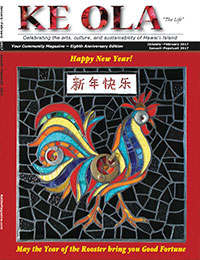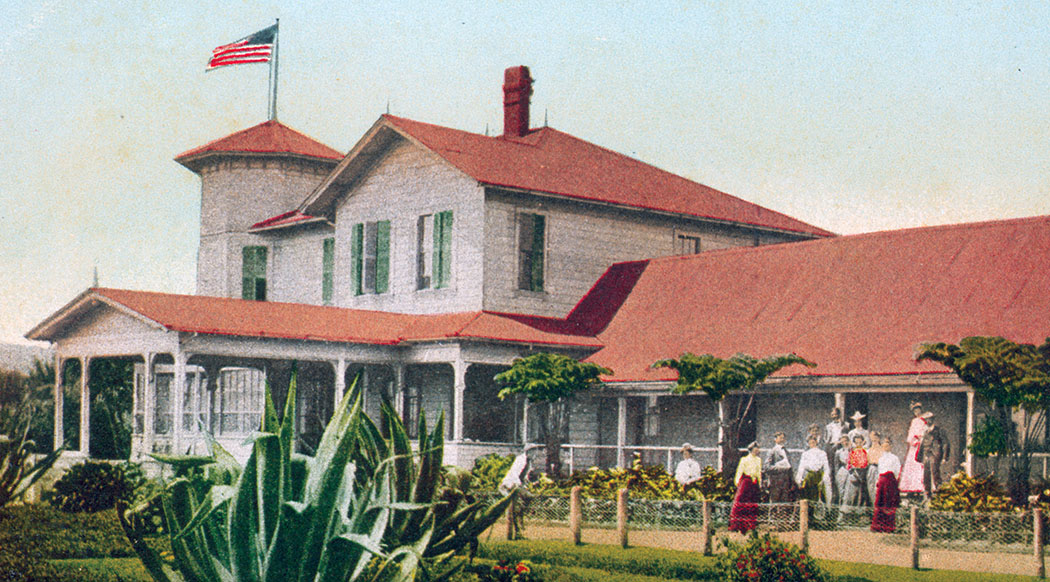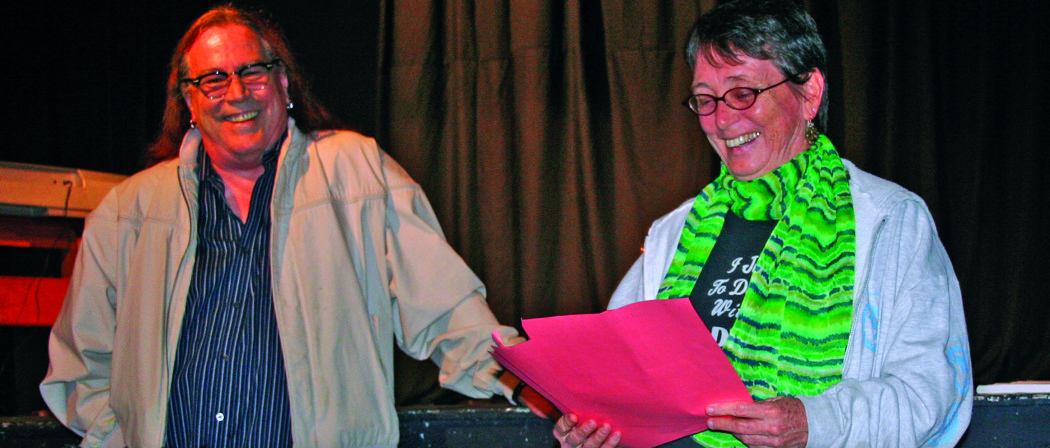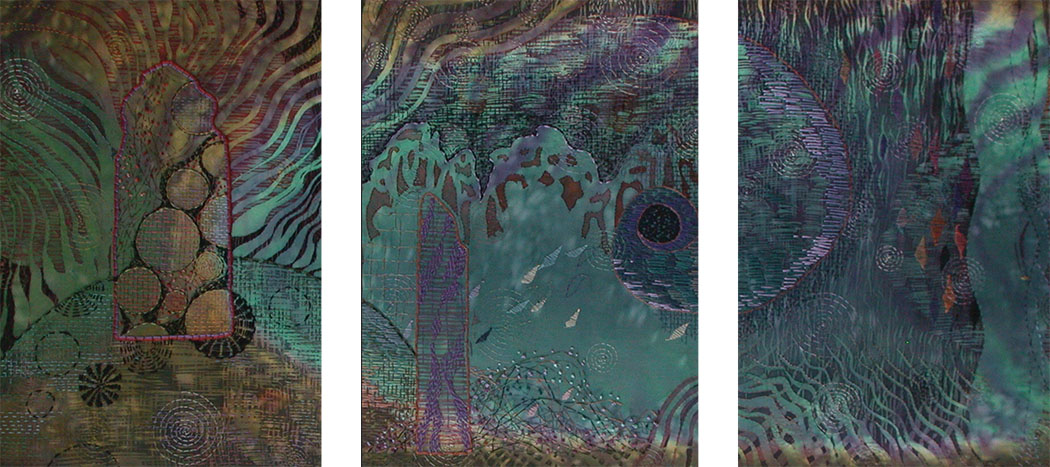Chinese New Year
 Around the world, the new year is celebrated at the stroke of midnight on January 1st to ring in the coming year. In Hawai‘i, we celebrate another popular traditional New Year’s event as well, which happens about a month later. Chinese New Year, also called the Spring Festival in China, is determined by the movements of the moon and usually takes place in late January or early February. The 2017 Chinese Year of the Rooster begins on January 28th, and the celebration will last for 15 days until February 11th.
Around the world, the new year is celebrated at the stroke of midnight on January 1st to ring in the coming year. In Hawai‘i, we celebrate another popular traditional New Year’s event as well, which happens about a month later. Chinese New Year, also called the Spring Festival in China, is determined by the movements of the moon and usually takes place in late January or early February. The 2017 Chinese Year of the Rooster begins on January 28th, and the celebration will last for 15 days until February 11th.
For those who observe this event in Hawai‘i, it’s a time of deep spiritual and family traditions. It is a time that mixes gaiety with religion and ritual, and celebrates an incredibly ancient past while setting a hopeful tone for the future. This is also a time of spiritual and literal housecleaning and renewal, when mythical beasts of Chinese folklore walk the earth and families renew their ancestors and their children.
Public and Private Observations
On Hawai‘i Island, there are public festivals usually hosted in Hilo, Waikoloa, Waimea and Kailua-Kona. It is a tradition to use fi reworks to say goodbye to the old year and welcome in the new year. The use of firecrackers can be traced to the legend of the Monster Nian 2,000 years ago, when people threw bamboo into the fire to drive away the monster. After gunpowder was invented, firecrackers replaced the bamboo. Because fires can be easily started by the firecrackers, many places ban firecrackers except in designated areas.

The Chinese New Year also means red envelopes called, yasui qian, containing small cash gifts for friends and family members. According to tradition, the yasui qian envelope provides protection for the bearer. Another custom is the lion dance, when the Chinese lion Wu Shi visits businesses on the first day of the Chinese New Year to bless them and cast away evil spirits. He’s portrayed by two dancers, one manning the head with its movable mouth and big, batting eyelashes, while the second dancer mans the tail. While the dancers are inside, Wu Shi is considered a living creature, an incarnate god. “You have to have a ceremony to bring it to life,” notes Leonard Kam of the Hawai‘i Chinese Chamber of Commerce. “You have to open its eyes, dot it with rooster’s blood—it’s sort of like the substitute for life for the lion.” Its heartbeats, he says, are the drums that accompany it everywhere.
Wu Shi stops at each shop, sometimes performing athletic feats such as leaping atop posts and park benches. It blinks its huge eyes and accepts gifts of cash and red envelopes in its mouth. It’s good luck to feed the lion, both for the donors and the dancers, who get to keep the generous donations. Wu Shi usually dances in downtown Hilo, and then performs at the New Year’s Festival in Kalākaua Park, just up the road from the downtown area. On Hawai‘i Island’s west side, Wu Shi has been known to pop up at major hotels and shopping malls such as the Keauhou Shopping Center, Waikoloa Kings’ Shops and Kealakekua Ranch Center. The dancing lion has also appeared at the Chinese New Year’s Celebration in Waimea during the Cherry Blossom Festival.
Leonard says Wu Shi isn’t really a lion, though; it’s a hybrid creature out of Chinese mythology. “Even though we call it a lion, it’s got pieces of different animals in it,” he says. Wu Shi’s lion-like head for instance, sports a short, knobby horn in the middle of its forehead, unicorn-style. Its forward-looking eyes are human-like, with a woman’s long lashes, but far larger than any natural creature’s, allowing him to see both the natural and the supernatural.
Some of Wu Shi’s features have no equivalent in any natural animal. Below the horn, for instance, between those enormous eyes, is a round mirror, said to reflect both physical and spiritual creatures. “It’s called, ‘Heaven’s Mirror.’ It’s actually giving the lion’s Tao, or the ultimate principle needed for life, and the mirror is the representation of the universe, with the natural phenomena and division of time being destructive to all beings who disturb the order. Evil spirits see themselves in the mirror and flee,” he says.
There’s another mythical creature that’s also woven into the fabric of Chinese New Year: the dragon. However, it’s not just any dragon, according to Kumu Hula Kimo Awai, a Hawaiian Studies teacher at Keaukaha Elementary School, who’s studied and taught about his Chinese culture for years. The dragon’s name is Fu Chiao, and it’s a she. Her story is an old Buddhist tale, and it’s all about parenthood.
“Fu Chiao,” says Kimo, “laid her eggs in a cave near a village. Ten of her eggs hatched into baby dragons. With ten little dragon children, that’s a lot of food to provide.” Soon Fu Chiao had wiped out all the game in the forest. Desperate to feed her offspring, she approached the human village. Lurking at its edge, she heard a mother asking her child to go out and do an errand in the field. “But the child told his mother, ‘You go out in the field. When you come back, you have to feed me.’ That gave Fu Chiao an idea,” Kimo retells. “She said, ‘I’ll look for disobedient children and feed them to my dragon babies.’ ”
Fu Chiao waited until the mother had gone to the field, then grabbed the obstinate child, carried him back to her cave, and put him in a cage. When the child cried to be let go, she told him she would feed him to her dragon babies because “Disobedient children should not dishonor their parents.” Then she went out and kidnapped more disobedient children. Soon the villagers were scouring the woods, hunting for their lost children, to no avail. They finally approached a wise old man for help.“The wise man said, ‘They brought dishonor to the families. I’m sure Fu Chiao has found them,’” recounts Kimo.
The wise man knew where Fu Chiao had her cave. He made the villagers vow never again to raise disobedient children, then visited the cave when Fu Chiao wasn’t there, and freed the young prisoners after extracting promises from them to obey their parents. Then he found the nest of baby dragons and decided that he needed to teach Fu Chiao a lesson. So he picked out the tiniest dragon, the runt of the litter, and took it home with him. “When Fu Chiao returned, she was absolutely distraught when she realized that the littlest dragon was missing, along with all the children. An old woman told her to see the wise old man.
“Fu Chiao went to the dwelling of the wise man,and crawled on the floor,” says Kimo. “The wise old man reminded her that she was taking the human children to feed their little children, and returned Little Number ten to her, but he askedher to make a promise to do good for children and protect them.” The dragon kept her promise. Ever since, concludes Kimo, “We honor Fu Chiao.”In larger cities like Honolulu, people can see Fu Chiao dancing as well as Woo Chi. Fu Chiao is especially appropriate to honor during Chinese New Year festivities.
Traditional Foods
Leonard says that everything done on the first day of the New Year is, “to bring prosperity to the family.” The rituals begin long before the first lion dance, with an early morning breakfast of a vegetarian concoction called Jai, made from an even number of ingredients for good luck (but never four ingredients, which are unlucky.) Leonard notes that there are, “very simple ways of making jai with only a handful of ingredients, and elaborate and expensive ways, with more than 20 ingredients.” All the ingredients have various symbolisms, all with good overtones.
Sesame seeds are often added, for instance, because they equate with long life. Then there’s a stringy black fungus, zhúshēng, which Leonard notes, “sounds like you’re wishing people good fortune.” Yet, there’s something deeper going on here than just lucky ingredients.
A twelve-flavor meal is a complex experience, indeed. Thinking about those flavors, and about the qualities they symbolize can put the diner in a very aware and positive state of mind, cooking as though in advanced meditation. “It’s sort of like your breakfast is to start the first day of the year clean and pure,” says Leonard. Other new year foods take a similar tack, combining flavor with positive symbolism, like gau, for instance. “Gau is basically like a fortune cake, so to speak,” Leonard observes. “It’s supposed to symbolize the family because it’s so sticky, and it’s sprinkled with sesame seeds for fertility. There’s a red date that’s put in there for sweetness, to have a good life.”
Honoring the Past
As we look to the future, it’s also good to remember and honor the past. One tradition integral to this holiday is the trip to the cemetery to remember ancestors and burn incense in their honor.
China is one of the oldest civilizations on earth, with a long and glorious past. The Chinese have also played key roles in Hawai‘i’s history. The first Chinese to migrate and settle here in the 1700s were carpenters and seamen aboard sailing ships that used the islands as a supply stop on long voyages to trade furs from the U.S. West Coast for ceramics and tea from China. When Kamehameha set out to conquer all the islands, it was with a cannon mounted on canoes by Chinese carpenters.
Later, more Chinese arrived to participate in the harvest of sandalwood for export to China. In 1802, the first sugar cane mill in the islands opened—brought here from China by an entrepreneur named Wong Tze-Chun. Many Chinese owned mills themselves, often with American financial backing. Chinese merchants ran plantation stores and other shops. Chinese farmers planted rice in the lowlands of what would become downtown Hilo.
The New Year brings a time of reflection for the past, honoring for the present, and hope for the future. Enjoy your community’s celebrations and have a prosperous new year.
Photo credit: Sonia R. Martinez
Contact writer Alan D. McNarie: amcnarie@yahoo.com


